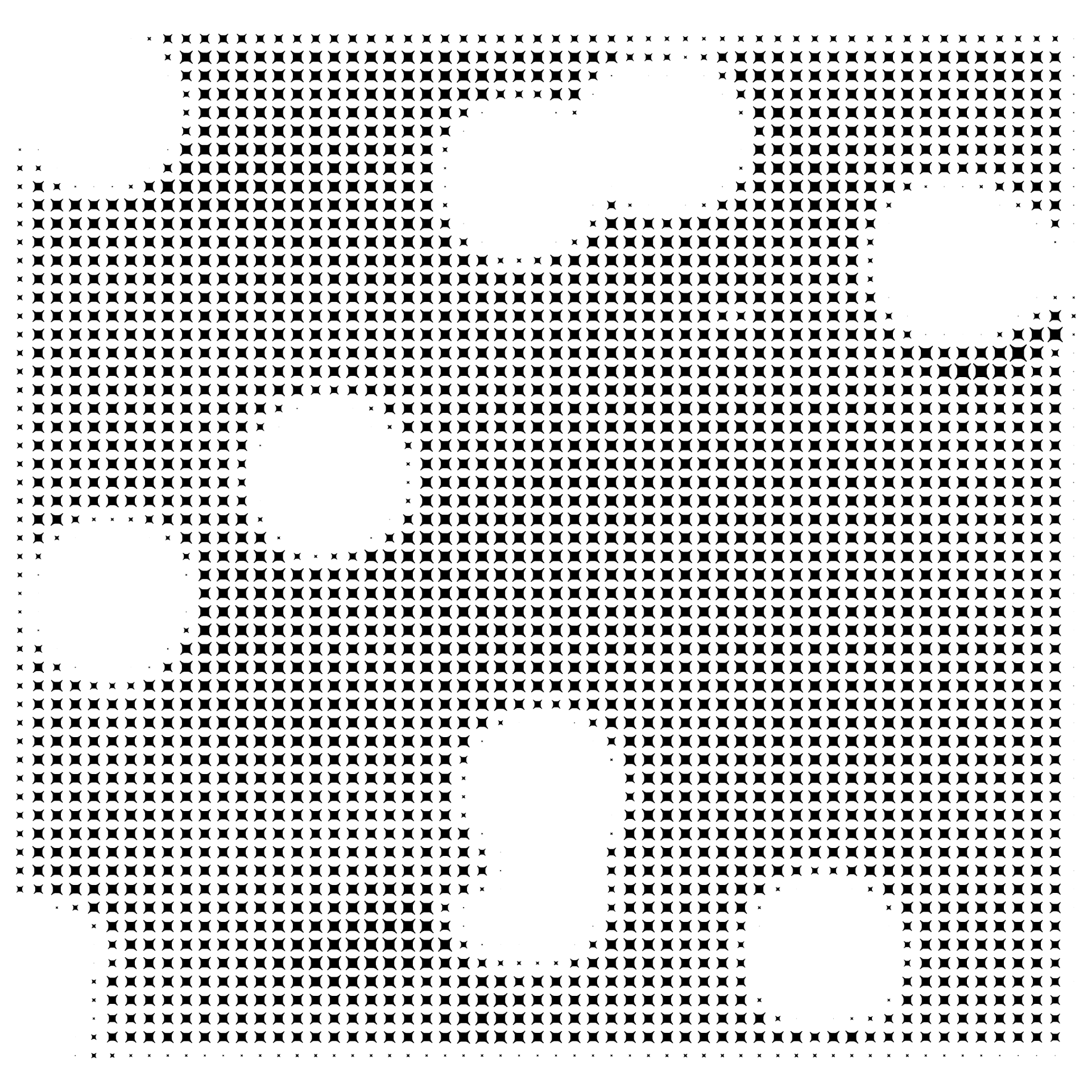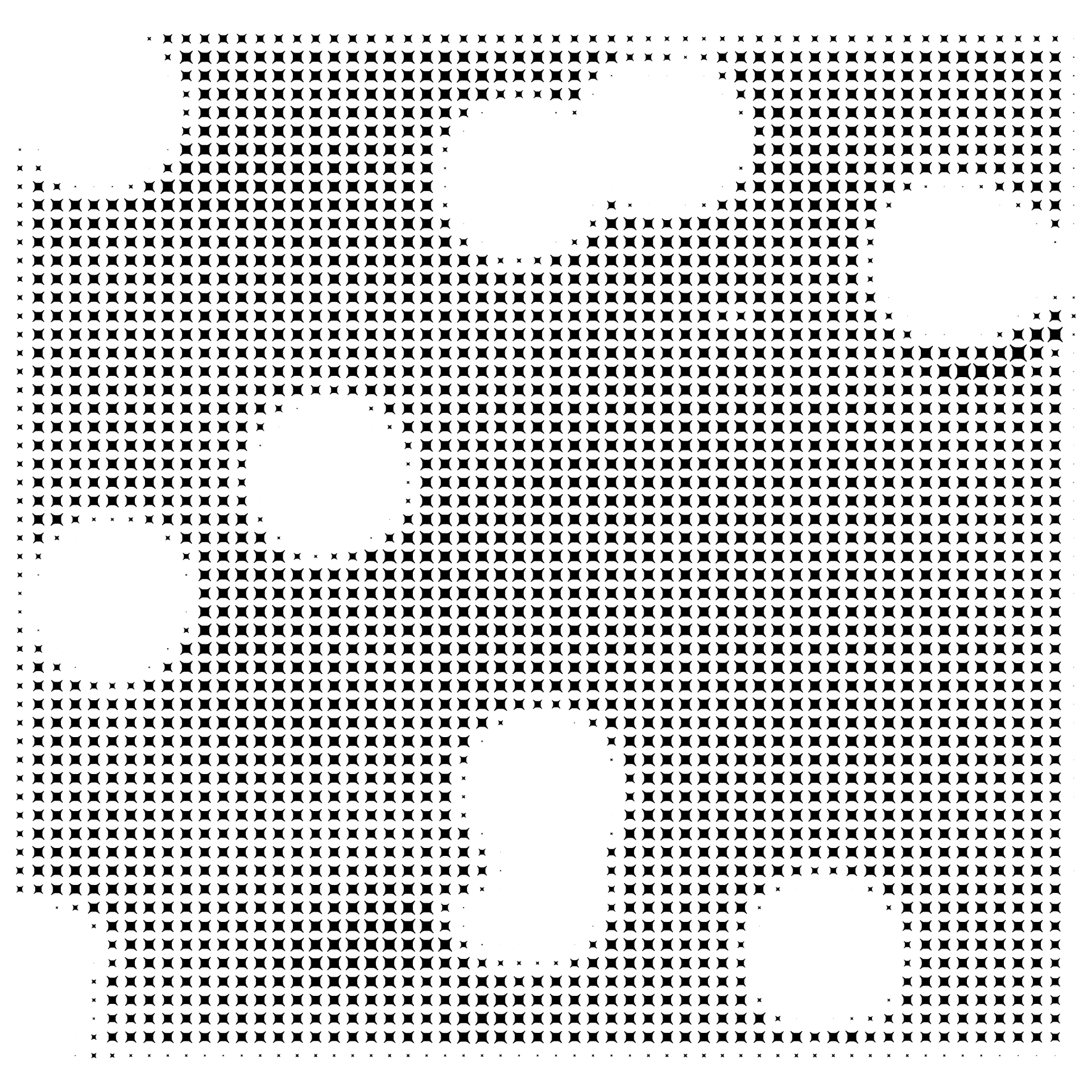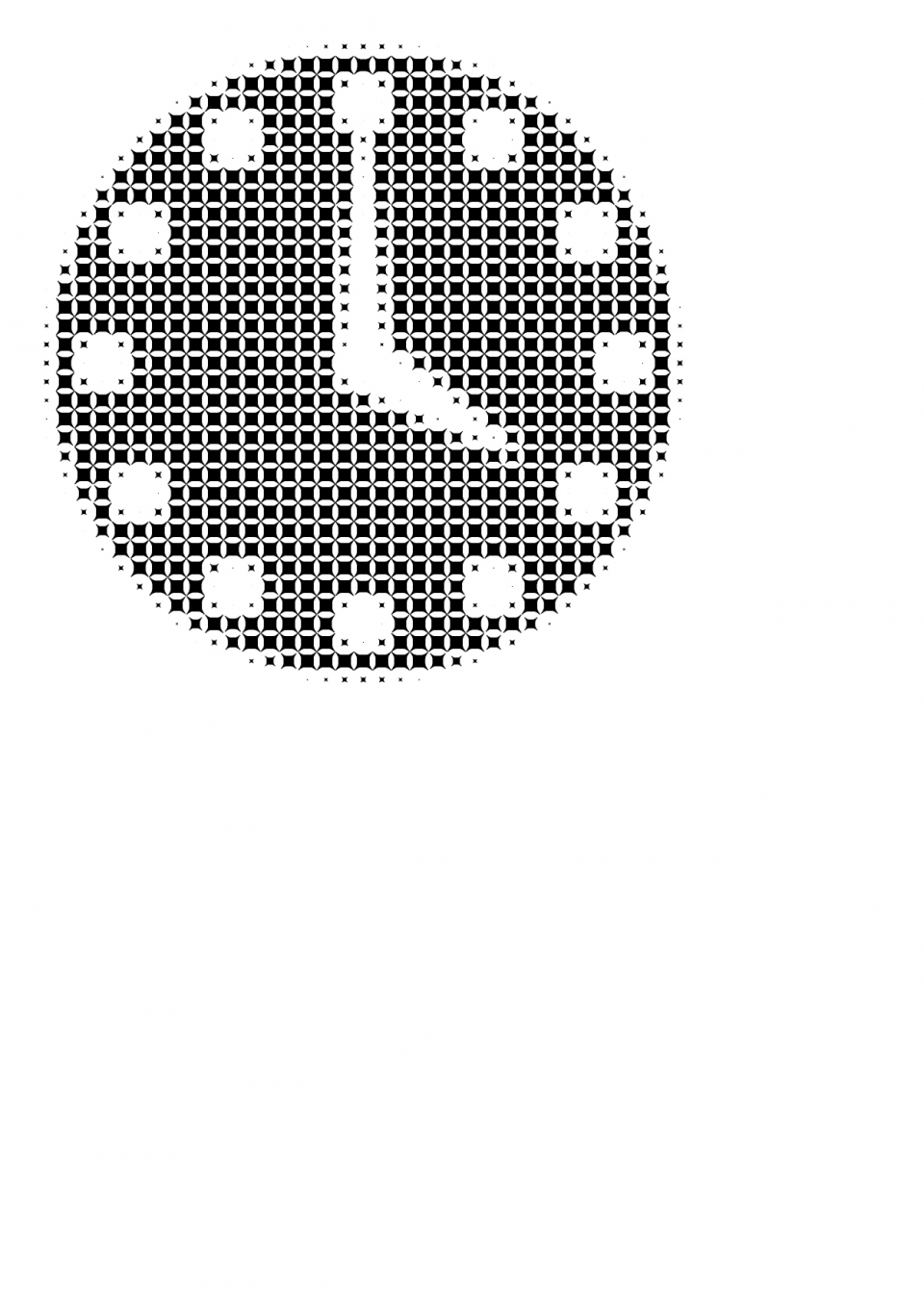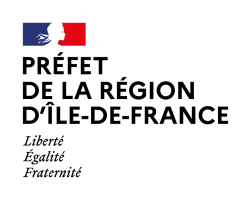La huaca pleure
Louidgi Beltrame

Louidgi Beltrame, solo show « La huaca pleure », Centre d’art contemporain d’Ivry — le Crédac Photo : Marc Domage / le Crédac, 2024

Louidgi Beltrame, solo show « La huaca pleure », Centre d’art contemporain d’Ivry — le Crédac Photo : Marc Domage / le Crédac, 2024

Louidgi Beltrame, La huaca pleure, avec Terreco et la Mesa, 2024 Video 4K transfer HD, 6 min 34 sec Photo : Marc Domage / le Crédac, 2024

Louidgi Beltrame, solo show « La huaca pleure », Centre d’art contemporain d’Ivry — le Crédac Photo : Marc Domage / le Crédac, 2024

Louidgi Beltrame, La Mina, 2024 Cast aluminum. Production : le Crédac Photo : Marc Domage / le Crédac, 2024

Louidgi Beltrame, solo show « La huaca pleure », Centre d’art contemporain d’Ivry — le Crédac Photo : Marc Domage / le Crédac, 2024

Louidgi Beltrame, Huancor, 17h, apparition des images, 2024 Detail. 31 black and white silver prints on Ilford Multigrade FB Warmtone baryta paper. Production : le Crédac. Photo : Marc Domage / le Crédac, 2024

Louidgi Beltrame, solo show « La huaca pleure », Centre d’art contemporain d’Ivry — le Crédac Photo : Marc Domage / le Crédac, 2024

Louidgi Beltrame, Après la Mesa, 2024 Color silver print on Fujifilm crystal archive DP-II matte paper. Production : le Crédac. Photo : Marc Domage / le Crédac, 2024

Louidgi Beltrame, solo show « La huaca pleure », Centre d’art contemporain d’Ivry — le Crédac Photo : Marc Domage / le Crédac, 2024

Louidgi Beltrame, solo show « La huaca pleure », Centre d’art contemporain d’Ivry — le Crédac Photo : Marc Domage / le Crédac, 2024

Louidgi Beltrame, solo show « La huaca pleure », Centre d’art contemporain d’Ivry — le Crédac Photo : Marc Domage / le Crédac, 2024

Louidgi Beltrame, solo show « La huaca pleure », Centre d’art contemporain d’Ivry — le Crédac Photo : Marc Domage / le Crédac, 2024

Louidgi Beltrame, Vortex 7, 2024 Ink on cotton veil. Photo : Marc Domage / le Crédac, 2024

Louidgi Beltrame, Vortex 8, 2024 Ink on cotton veil. Photo : Marc Domage / le Crédac, 2024

Louidgi Beltrame, La huaca pleure, avec les voix, 2024 Video 4K transfer HD, 53 min 2 sec Photo : Marc Domage / le Crédac, 2024

Louidgi Beltrame, La huaca pleure, avec les voix, 2024 Video 4K transfer HD, 53 min 2 sec Photo : Marc Domage / le Crédac, 2024

















Since 2012, Louidgi Beltrame has been developing research in Peru, which has led him to the Nazca geoglyphs, or to film the practice of curandero (traditional healer or shaman) José Levis Picón Saguma. Through films, photos, inks on canvas and a sculpture produced for this exhibition, the artist explores the liminal figure of the huaquero or “clandestine grave digger”.
The huaqueros use a combination of magical and vernacular techniques to locate burials and their artifacts in the ruins of pre-Columbian pyramids and necropolises known as huacas.
According to Andean tradition, these sacred sites are people. The huaquero must therefore enter into a reciprocal relationship with these “other-than-human” existences in order to win their good graces, and thus gain access to their treasures, including ritual ceramics, metal ornaments and textiles.
If the huaquero’s aim is to sell some of the objects found, he operates within a complex network of intermediaries including forgers, collectors, museums, healers, shamans and rural communities. After their digs, huaqueros visit a curandero to be “cleaned”, sometimes offering an object from the huaca in exchange. These transactions go beyond the purely speculative and financial, since during these collective healing ceremonies (mesas curanderas), the artifacts exchanged are reintegrated into the ritual and sacred circuit, and once again become agents in the transmission of pre-Columbian knowledge.
The huaquería - clandestine excavation - could therefore be seen as a form of resistance to colonization and the rational reading of the world, by ensuring links with the past. In this way, traditions, spirits and ancestors remain alive.
The huaquero is considered a specialist in Andean communities, a kind of empirical archaeologist. If, from a legal point of view, his activity is illegal, the question then arises of his legitimacy as a member of the local community. Indeed, the huaqueros, driven by necessity and post-colonial control, helped and advised Western archaeologists on exploratory missions in the 21st and 20th centuries, themselves in search of the precious pre-Columbian artefacts hidden in the huacas.
It is said that “the huaca cries” when tears of sand begin to run down the edges of the exhumed tomb, and it threatens to collapse and swallow the clandestine diggers. Perhaps we can equate her weeping with a form of catharsis, liberating both living and dead from the suffering of colonial memory.
Documents
Artist biography
-
Louidgi Beltrame was born in Marseille, and lives and works in Paris.
He has had solo exhibitions at MAC Lima in Peru (2021), Centre d’Art Contemporain Circuit in Lausanne (2019), Centre d’Art Contemporain Passerelle in Brest (2019), Palais de Tokyo (2016), FRAC Basse-Normandie, Kunstverein Langenhagen (2015) and Galerie Jousse Entreprise (2014, 2019).
He participated in the 12th Gwangju Biennale in 2018 and took part in the film program designed by Apichatpong Weerasethakul as part of the 11th Sharjah Biennale in 2013. He takes part in numerous festivals including FID Marseille, Doclisboa and International Film Festival Rotterdam, as well as group exhibitions including Meia Noite, Biennale d’Art Contemporain de Coimbra (2022), Les Envoûtés, Musée d’Art Moderne de la Ville de Paris (2021), A Natural History of Ruins, Centre d’Art Contemporain Pivô, Sao-Paulo, Brazil (2021), Stadtansichten, Kunstverein Heidelberg (2018), Y he aquí la luz, Museo de arte Miguel Urrutia de Bogota (2017), What is not visible is not invisible, National Museum of Singapore (2016), Flatland, Musée d’art contemporain de Sérignan (2016), Plagiar of Futuro, Hangar, Lisbon (2015), Michelangelo Antonioni, Cinémathèque Française, (2015), Double Jeu, FRAC Centre, Orléans, 2014.
Events & meetings
Partnerships
Louidgi Beltrame’s project is supported by the Ministère de la Culture - Direction régionale des affaires culturelles d’Île-de-France and the Centre national des arts plastiques.










